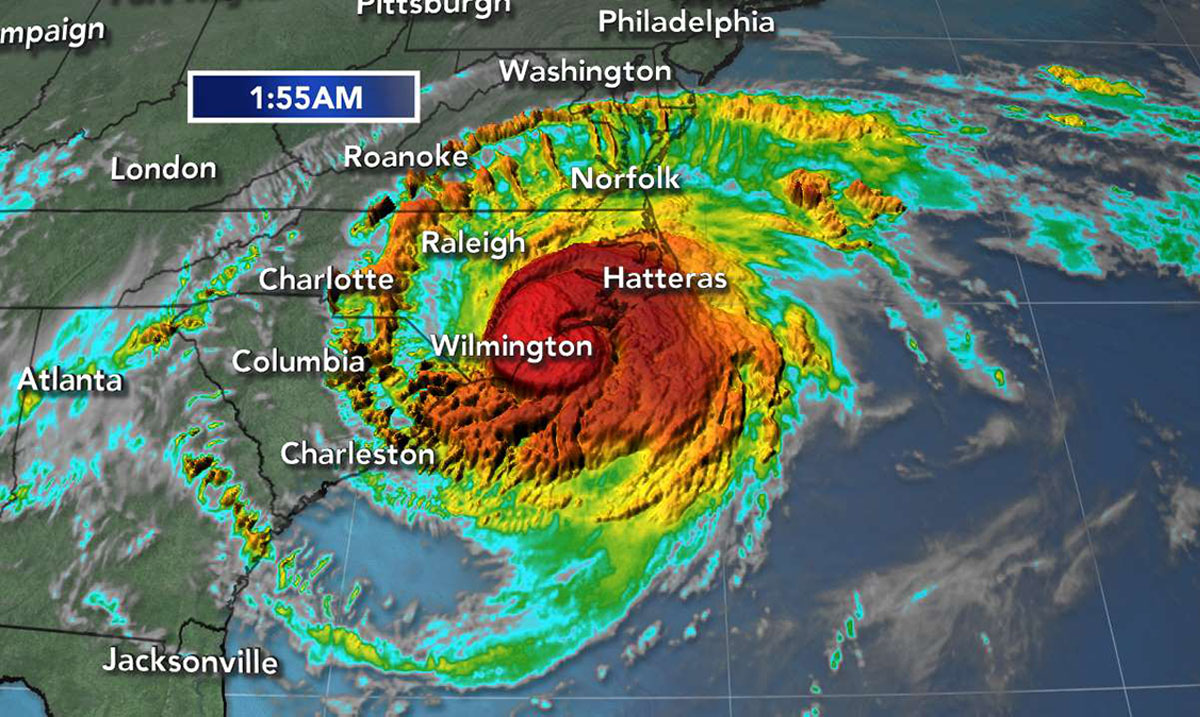There is no denying the fact that Hurricane Florence is a massive force, threatening to cause great damage to those living along the coast, however, experts warn it isn’t the only storm currently traveling across our oceans. With 6 tropical storms currently active, we are left wondering what is causing our oceans to explode in this way?
In order to understand what’s happening, you must first understand the way that hurricanes and tropical storms are formed. In order for these destructive forces to develop, it requires the perfect conditions. When the wind conditions are just right, these storms take heat from the ocean’s surface up into the atmosphere, creating the warm, moist air that will fuel the storm’s power. “They’re heat engines,” meteorologist Jeff Masters explained. “They take heat from the oceans and convert it to the energy of their winds. They’re taking thermal energy and making mechanical energy out of it.”
To break it down, when the warm, moist air that exists along the surface of the ocean heats to the right temperature, it begins to rise, creating an area of low pressure. In order to balance out, this low-pressure area along the surface then draws on air from the surrounding higher-pressure areas. If the wind is just right, it will work with this rotation of air to gain momentum and develop into a tropical storm. However, if there isn’t enough wind it may fall short, and too much wind will tear a developing storm apart before it gains any traction.
Referred to by many as the ‘storm of a lifetime’, Hurricane Florence has triggered evacuations along the coast of North and South Carolina. Records show that on Thursday evening winds gusted over 105 mph along the Outer Banks. The National Hurricane Center reported that “a storm surge of 10 feet above normal levels was reported by the National Weather Service office in Morehead City, North Carolina, at the Cherry Branch Ferry Terminal on the Neuse River.”
However, Hurricane Florence isn’t the only storm currently brewing over the Atlantic. Super Typhoon Mangkhut, the equivalent of a Category 5 hurricane, is heading on a path towards the Philippines. With winds gusting as high as 180 mph, it currently holds the title of strongest storm in 2018. At the same time Tropical Storm Isaac, Hurricane Helene, Tropical Storm Olivia, Tropical Storm Barijat and Tropical Depression Paul are all going strong.
These existing storms may not be the only major systems that we see throughout 2018. Additional low-pressure systems are also being tracked, each with the potential to develop into another tropical storm.
While many people are busy debating whether or not these storm patterns are a sign of climate change, one thing we can’t deny is that these powerful storms have the potential for destruction and devastation. Never underestimate the power of natural forces.

